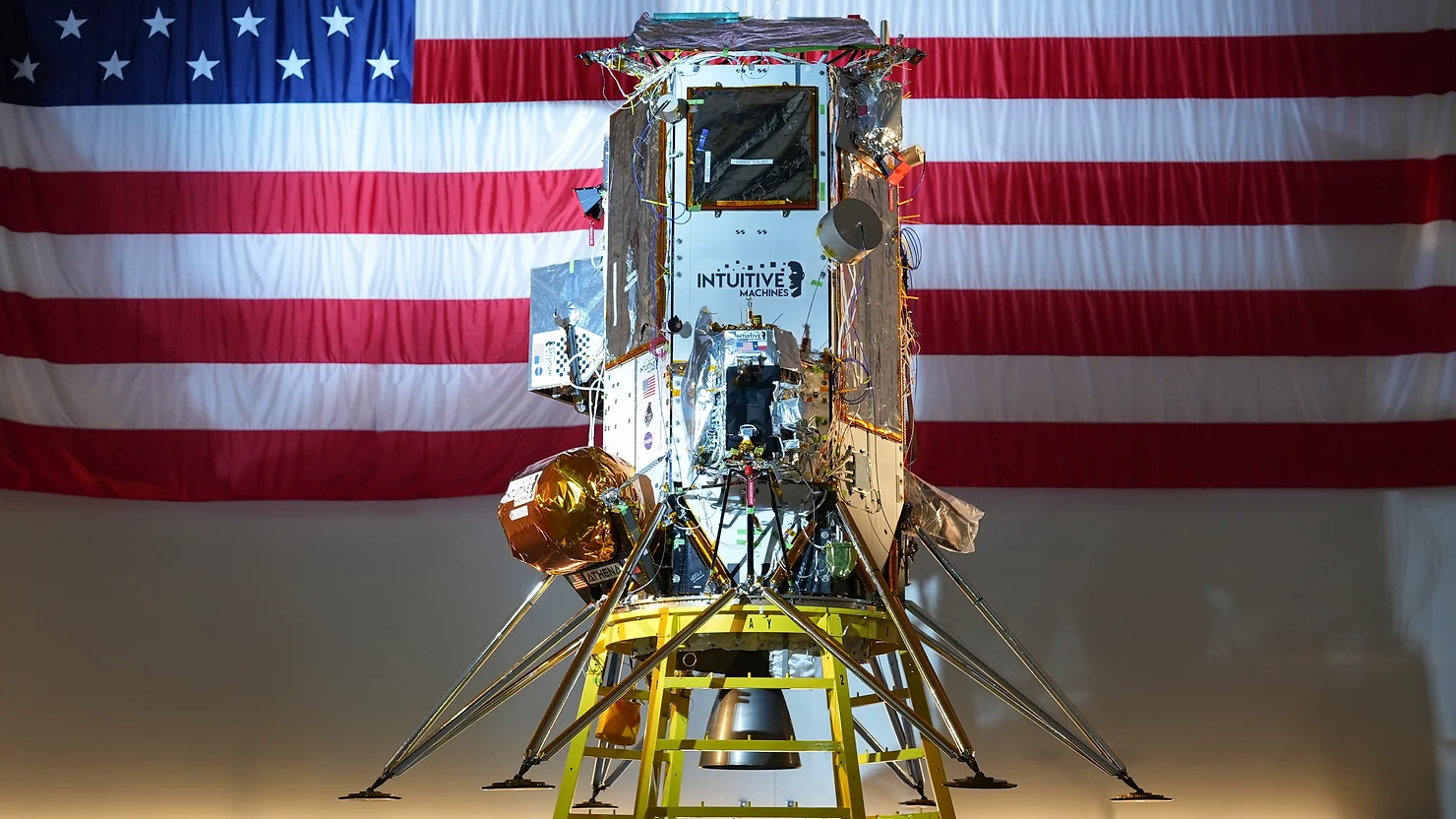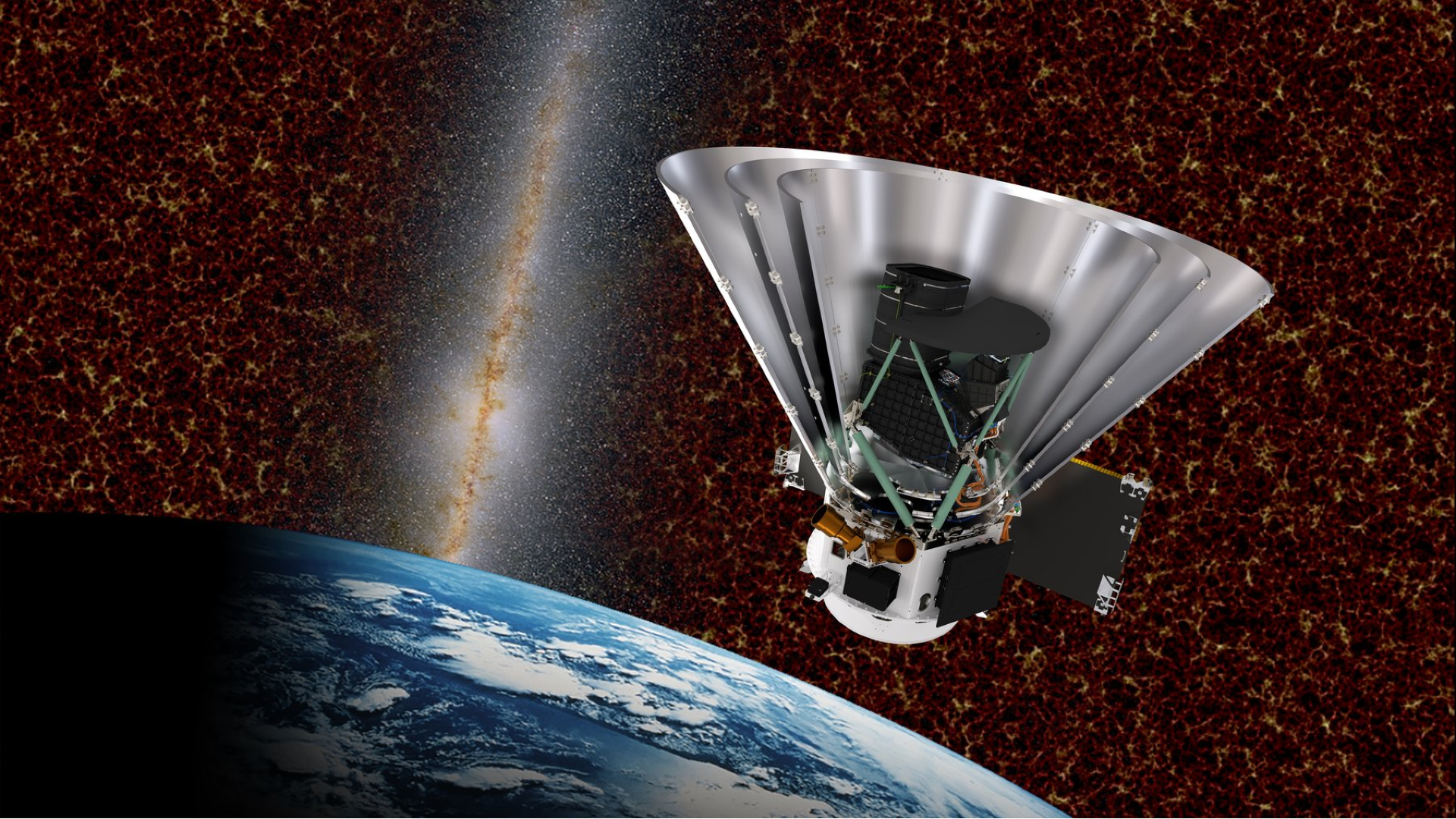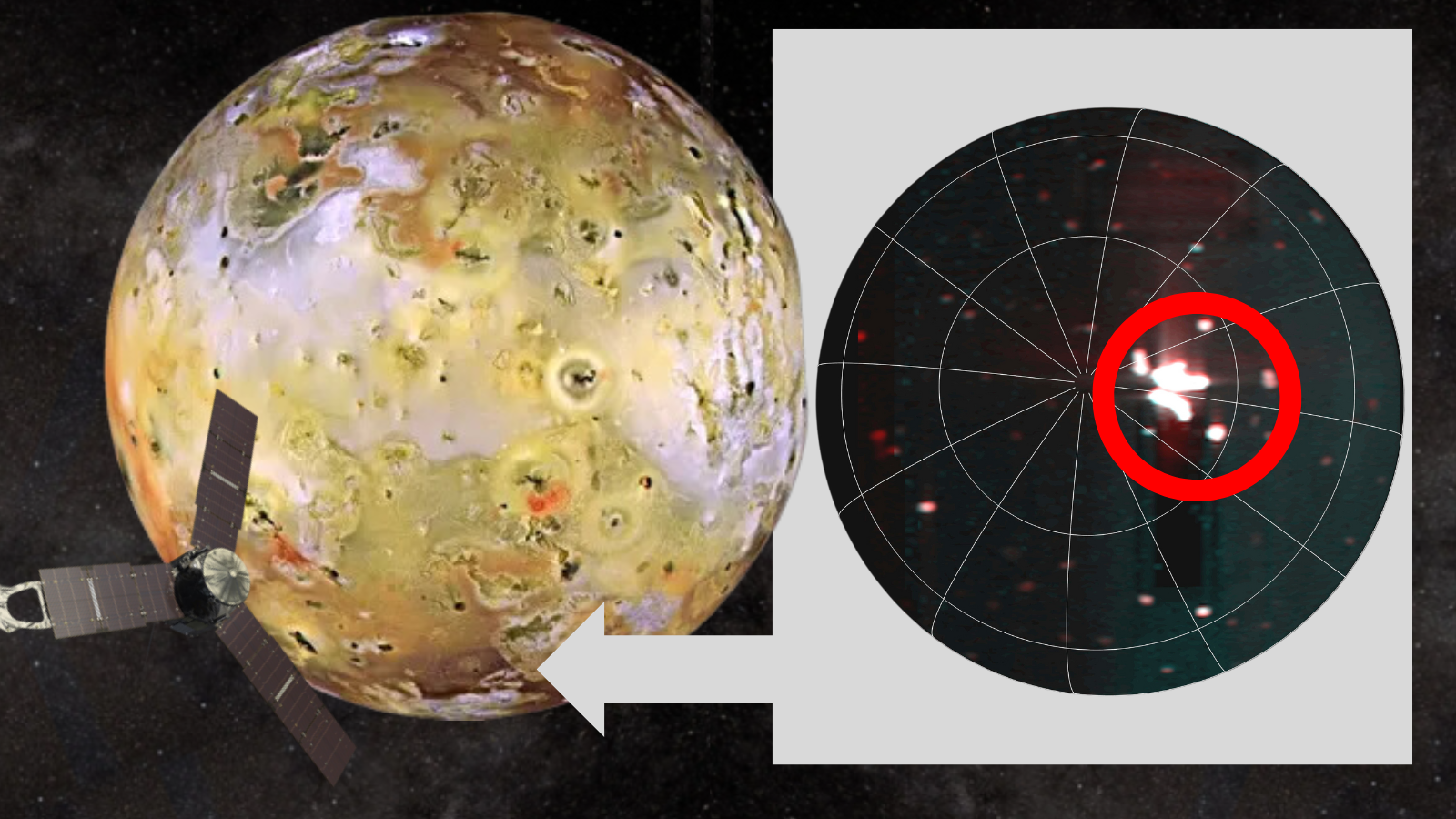General Overview Of Computer Architecture
Traditional Computer Architecture The earliest computers were designed to perform specialized tasks and lacked the ability to be reprogrammed. These are known as "Fixed Program Computers," and a simple calculator is a perfect example of this type of computer. Later, "Stored Program Computers" were developed to handle a wider range of tasks and applications. Many modern computers are based on the stored-program concept introduced by John Von Neumann, where both program instructions and data are stored in the same memory. The power of this concept lies in its flexibility. The source code for an editor program, its corresponding compiled machine code, the text the program is editing, and even the compiler that generated the machine code can all reside in the same memory. This has significant commercial implications, as computers can utilize ready-made software as long as they are compatible with an existing instruction set. We can conceptually divide a computer into three primary components: memory, processor, and datapath. The processor, also known as the Central Processing Unit (CPU), is responsible for data flow and arithmetic operations. Memory provides instructions that dictate the computer's actions and stores the data to be processed, facilitating data flow between memory and the CPU. This is the fundamental operational principle of the John Von Neumann architecture. You might also be familiar with the Harvard Architecture, which employs separate memories and buses for instructions and data, aiming for improved performance and suitability for general-purpose computing. While the Harvard Architecture differs from the John Von Neumann Architecture in its handling of data flow, the underlying principles remain the same: a separation between memory and the CPU. These architectures have served us well as semiconductor technology has progressed. However, in the era of Artificial Intelligence (AI), significant challenges have emerged. Challenges Faced by Current Computer Architecture 1.Memory Wall The "memory wall" refers to the growing disparity between processor speeds and memory bandwidth. This increasing gap results in processors spending more time waiting for data from memory rather than performing computations, creating a significant performance bottleneck. 2.Power Wall The "power wall" represents the escalating problem of heat dissipation in chips. As transistor density and clock speeds increase, the power consumption and resulting heat generation become more challenging to manage. 3.Specialization Vs Generalization Dilemma Traditional architectures were designed for general-purpose computing. However, specialized workloads like AI often benefit from specialized hardware accelerators (e.g., GPUs, TPUs). Striking a balance between general-purpose capabilities and specialized acceleration poses a major challenge. Possible Solutions Processing-In-Memory: Integrating processing elements directly within the memory array itself, allowing computations to occur where the data resides. Neuromorphic Computing: Inspired by the human brain, using asynchronous, event-driven computation for AI workloads. Optical Computing: Using light instead of electricity for computation, offering potential advantages in speed and power efficiency. Quantum Computing: While still in its nascent stages, quantum computing holds the potential to revolutionize computation by leveraging quantum mechanics to solve problems currently intractable for classical computers. References [1]https://medium.com/@kalebmlemke/the-importance-of-ai-accelerators-in-ai-development-c7012d5e175a [2]https://www.geeksforgeeks.org/harvard-architecture [3]https://www.geeksforgeeks.org/computer-organization-von-neumann-architecture [4]https://ayarlabs.com/glossary/memory-wall [5] Computer Organization and Design MIPS Edition Authors: David A. Patterson, John L. Hennessy

Traditional Computer Architecture
The earliest computers were designed to perform specialized tasks and lacked the ability to be reprogrammed. These are known as "Fixed Program Computers," and a simple calculator is a perfect example of this type of computer.
Later, "Stored Program Computers" were developed to handle a wider range of tasks and applications. Many modern computers are based on the stored-program concept introduced by John Von Neumann, where both program instructions and data are stored in the same memory.
The power of this concept lies in its flexibility. The source code for an editor program, its corresponding compiled machine code, the text the program is editing, and even the compiler that generated the machine code can all reside in the same memory. This has significant commercial implications, as computers can utilize ready-made software as long as they are compatible with an existing instruction set.
We can conceptually divide a computer into three primary components: memory, processor, and datapath. The processor, also known as the Central Processing Unit (CPU), is responsible for data flow and arithmetic operations. Memory provides instructions that dictate the computer's actions and stores the data to be processed, facilitating data flow between memory and the CPU. This is the fundamental operational principle of the John Von Neumann architecture.
You might also be familiar with the Harvard Architecture, which employs separate memories and buses for instructions and data, aiming for improved performance and suitability for general-purpose computing.
While the Harvard Architecture differs from the John Von Neumann Architecture in its handling of data flow, the underlying principles remain the same: a separation between memory and the CPU.
These architectures have served us well as semiconductor technology has progressed. However, in the era of Artificial Intelligence (AI), significant challenges have emerged.
Challenges Faced by Current Computer Architecture
1.Memory Wall
The "memory wall" refers to the growing disparity between processor speeds and memory bandwidth.
This increasing gap results in processors spending more time waiting for data from memory rather than performing computations, creating a significant performance bottleneck.
2.Power Wall
The "power wall" represents the escalating problem of heat dissipation in chips. As transistor density and clock speeds increase, the power consumption and resulting heat generation become more challenging to manage.
3.Specialization Vs Generalization Dilemma
Traditional architectures were designed for general-purpose computing. However, specialized workloads like AI often benefit from specialized hardware accelerators (e.g., GPUs, TPUs). Striking a balance between general-purpose capabilities and specialized acceleration poses a major challenge.
Possible Solutions
Processing-In-Memory: Integrating processing elements directly within the memory array itself, allowing computations to occur where the data resides.
Neuromorphic Computing: Inspired by the human brain, using asynchronous, event-driven computation for AI workloads.
Optical Computing: Using light instead of electricity for computation, offering potential advantages in speed and power efficiency.
Quantum Computing: While still in its nascent stages, quantum computing holds the potential to revolutionize computation by leveraging quantum mechanics to solve problems currently intractable for classical computers.
References
[1]https://medium.com/@kalebmlemke/the-importance-of-ai-accelerators-in-ai-development-c7012d5e175a
[2]https://www.geeksforgeeks.org/harvard-architecture
[3]https://www.geeksforgeeks.org/computer-organization-von-neumann-architecture
[4]https://ayarlabs.com/glossary/memory-wall
[5] Computer Organization and Design MIPS Edition Authors: David A. Patterson, John L. Hennessy













![From Gas Station to Google with Self-Taught Cloud Engineer Rishab Kumar [Podcast #158]](https://cdn.hashnode.com/res/hashnode/image/upload/v1738339892695/6b303b0a-c99c-4074-b4bd-104f98252c0c.png?#)






































































